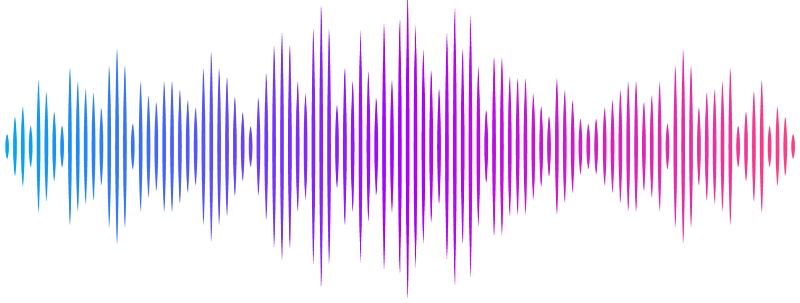Harnessing machine learning to predict antibiotic susceptibility in Pseudomonas aeruginosa biofilms

Harnessing machine learning to predict antibiotic susceptibility in Pseudomonas aeruginosa biofilms
Vergauwe, F.; De Waele, G.; Sass, A.; Highmore, C.; Hanrahan, N.; Cook, Y.; Lichtenberg, M.; Cnockaert, M.; Vandamme, P.; Mahajan, S.; Webb, J.; Van Nieuwerburgh, F.; Bjarnsholt, T.; Waegeman, W.; Coenye, T.
AbstractStandard antibiotic susceptibility tests (ASTs) often fail to accurately predict treatment outcomes because they do not account for biofilm-specific mechanisms of reduced susceptibility. In the present study, we explored alternative approaches to predict tobramycin susceptibility of Pseudomonas aeruginosa biofilms that were experimentally evolved in physiologically relevant conditions. To this end, we used four analytical methods, whole-genome sequencing (WGS), matrix-assisted laser desorption/ionization-time of flight mass spectrometry (MALDI-TOF MS), isothermal microcalorimetry (IMC) and multi-excitation Raman spectroscopy (MX-Raman). Machine learning models were trained on data outputs from these methods to predict tobramycin susceptibility of our evolved strains and subsequently validated with a collection of clinical isolates. For minimal inhibitory concentration (MIC) predictions of the evolved strains, the highest accuracy+:-1 was achieved with MALDI-TOF MS (97.83 %), while for biofilm prevention concentration (BPC) predictions, Raman spectroscopy performed best with an accuracy+/-1 of 80.43 %. Overall, all analytical methods demonstrated comparable predictive performance, showing their potential for improving biofilm AST.